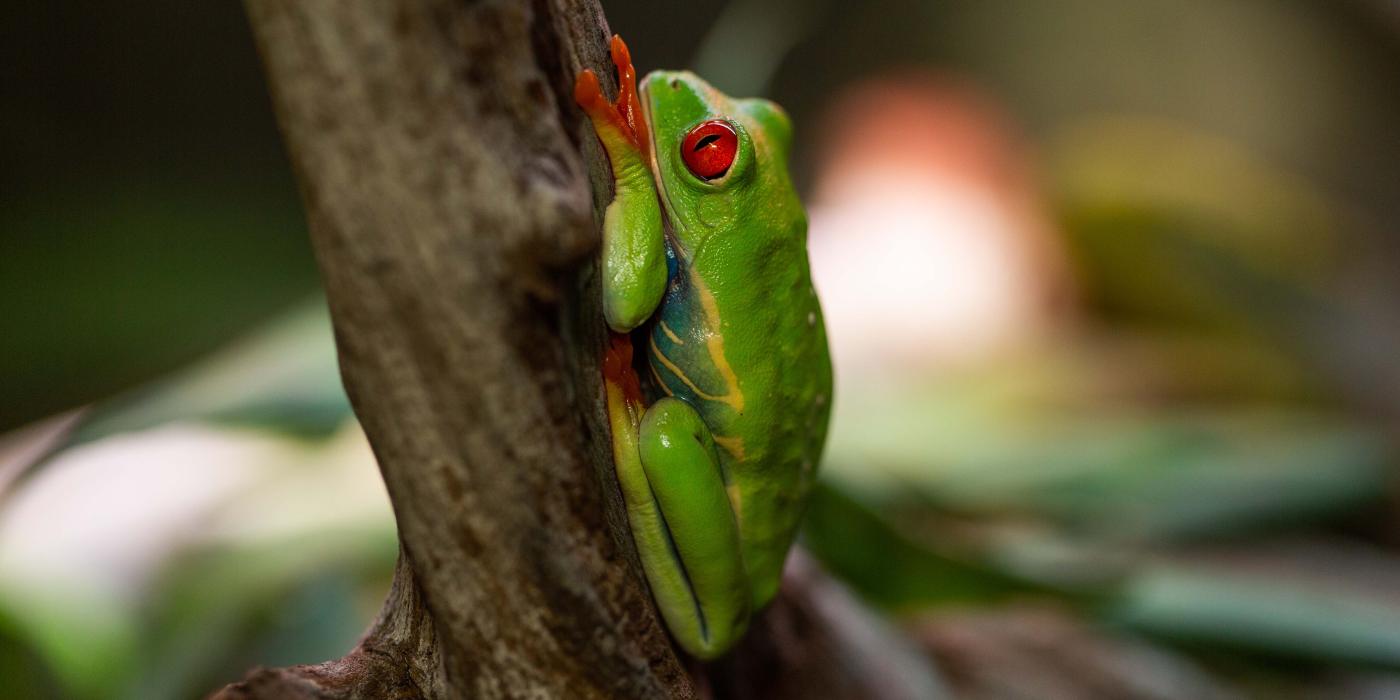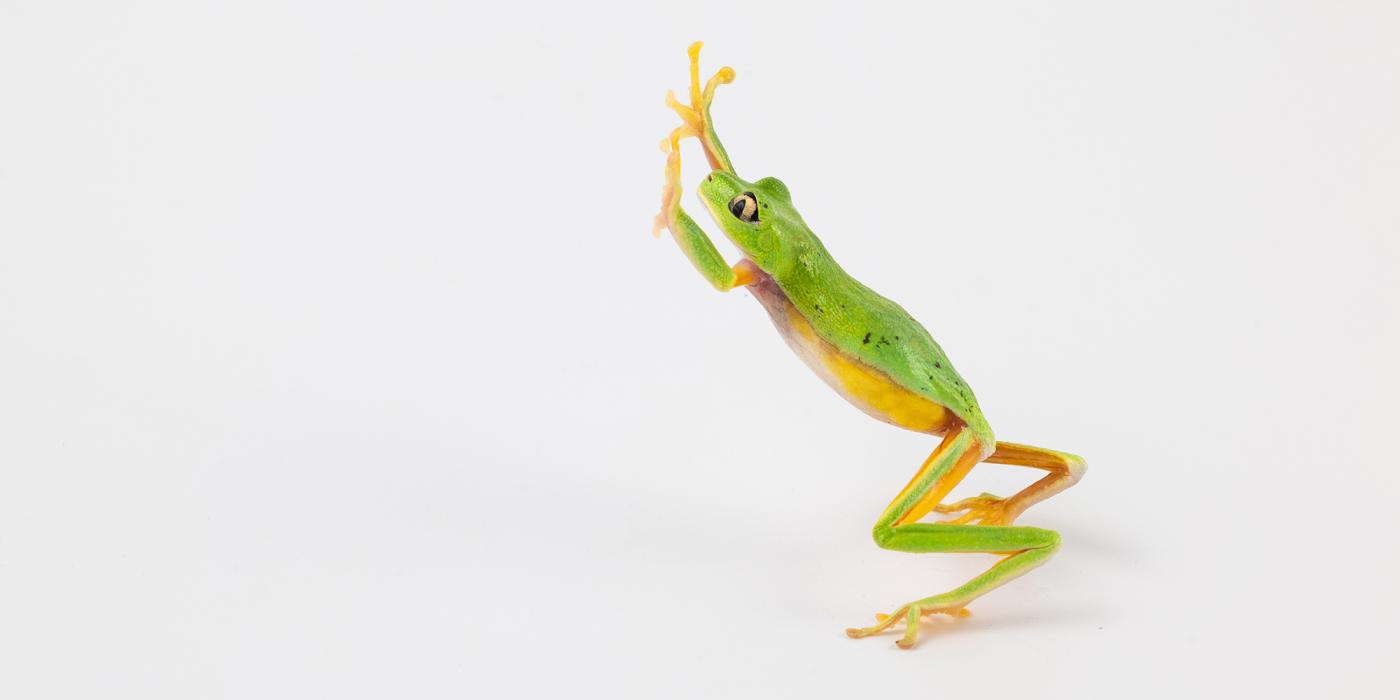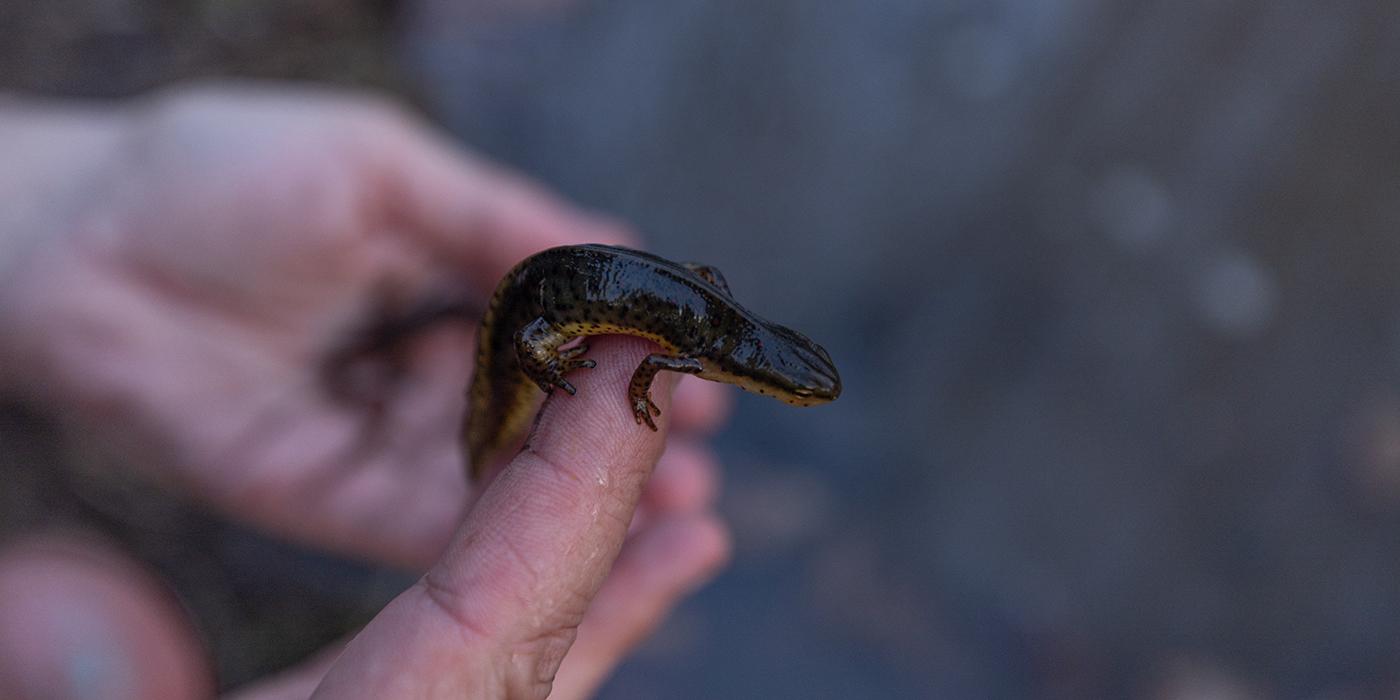New at the Zoo: Red-Eyed Tree Frogs
Hop on down to the Reptile Discovery Center to see the Zoo’s newest—and most colorful—creatures: red-eyed tree frogs! Get the scoop on the Zoo’s amazing amphibians from assistant curator Matt Evans.
What do you find fascinating about these frogs?
Red-eyed tree frogs are recognized around the world as an ambassador for all tropical amphibian species. With their large, red eyes, their blue-green bodies and orange toes—they have a striking beauty about them. They also have adhesive toepads, which enable them to climb up any surface. They are the most recognizable frog in the world!

What do they eat?
In the wild, red eyed tree frogs hunt live prey. Because they are nocturnal, they sleep during the day and become active at night. These frogs aren’t picky eaters; they will eat a wide variety of small invertebrates, especially insects. At the Zoo, our frogs receive a variety of live crickets, roaches and worms to eat.
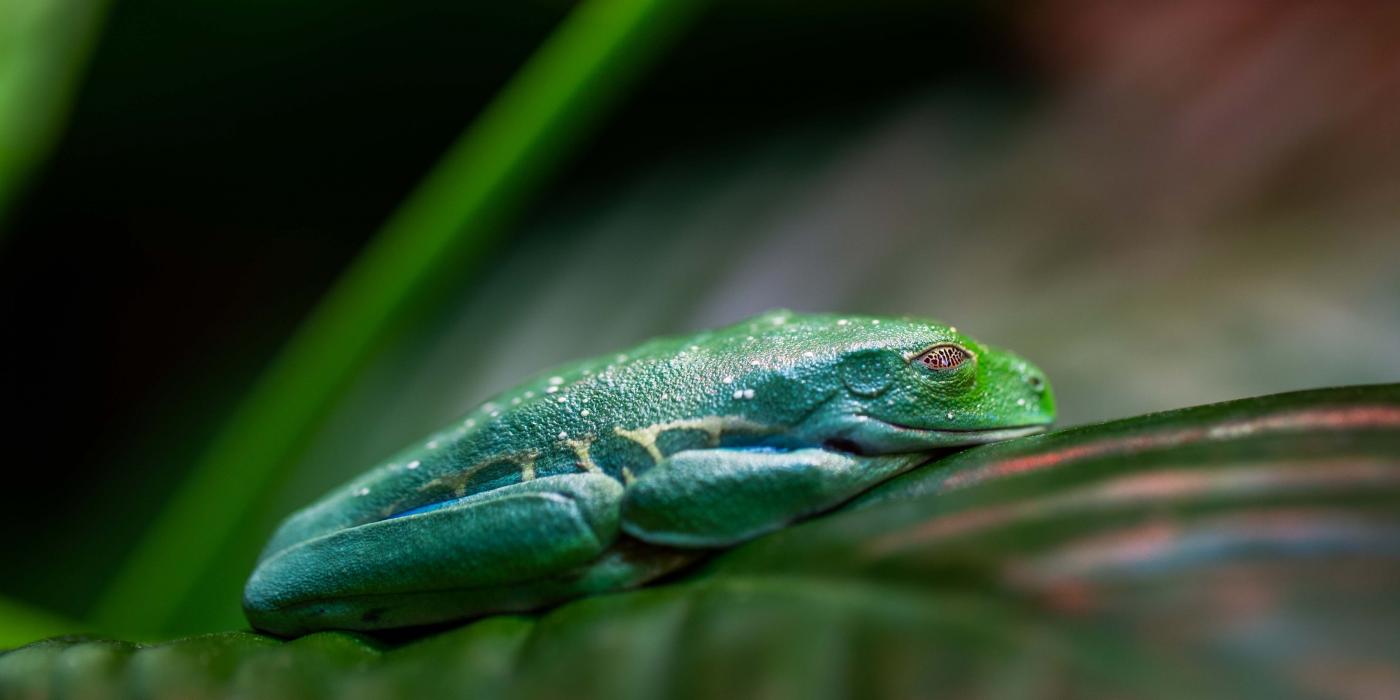
How do red-eyed tree frogs defend themselves against predators?
They hop away! Red-eyed tree frogs have a quick flight response. They can jump very quickly and very far away. They can also use their long legs to kick at potential predators as well.
Is the Zoo planning to breed them?
All of our frogs are currently juveniles, so we are not breeding them at the moment. But, we may breed them in the future when they become sexually mature. Fortunately, wild populations live in habitats that are protected, so their populations are currently stable.
That said, this species does face threats, and their ability to thrive depends upon continued conservation efforts. Because these frogs are beautiful to look at, they have become popular in the pet trade. You can help save these frogs by being an informed consumer; never purchase any animals that have been taken from the wild. You can also help support the Zoo’s conservation efforts, like the Panama Amphibian Rescue and Conservation Project, which is working to save imperiled amphibian species that live side-by-side with red-eyed tree frogs in Panama.
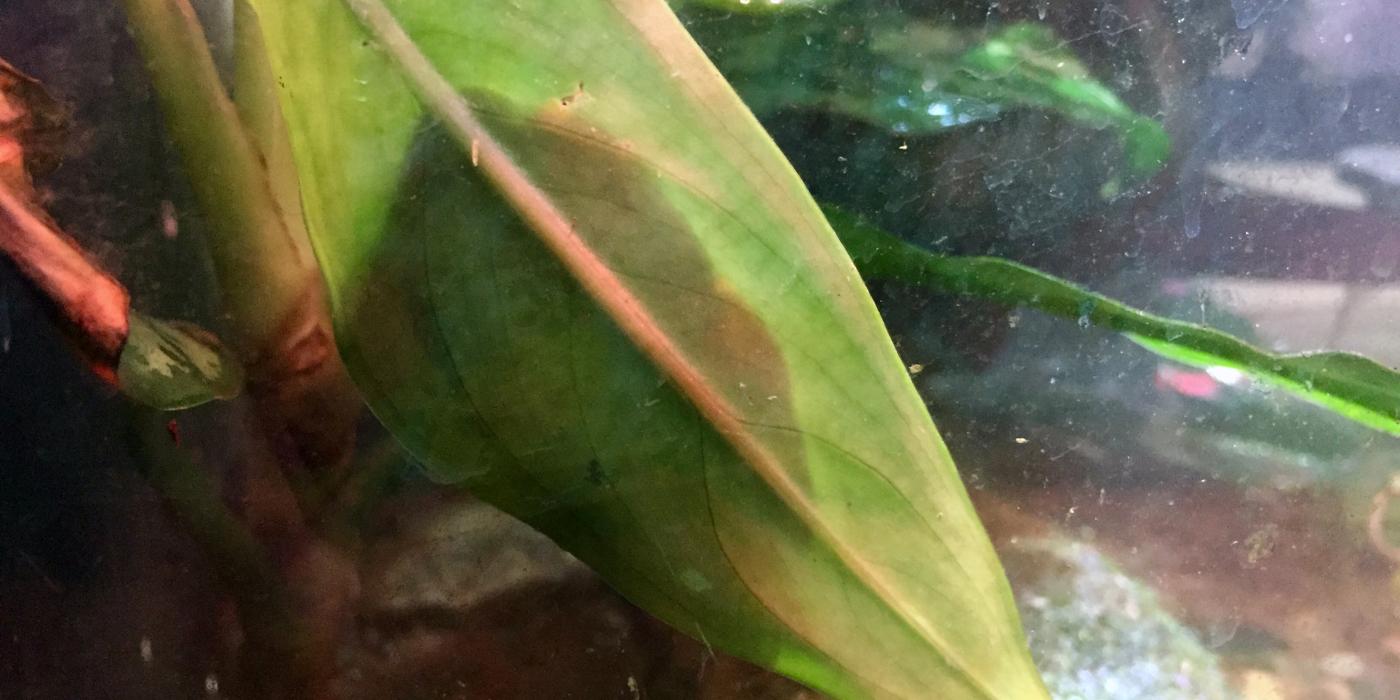
Have any tips for spotting them on exhibit?
Red-eyed tree frogs are most active in the early morning and late afternoon as the sun and exhibit lights are dim. However, visitors can also see the frogs while they sleep. Their green bodies blend in with the leaves really well. They sleep on top of the leaves during the day, so a careful observer will be able to spot them. We hope that all visitors to the Reptile Discovery Center pause and take a few moments to admire these amazing amphibians. Try your luck at spotting all eight frogs!
This story appears in the December 2018 issue of National Zoo News.
